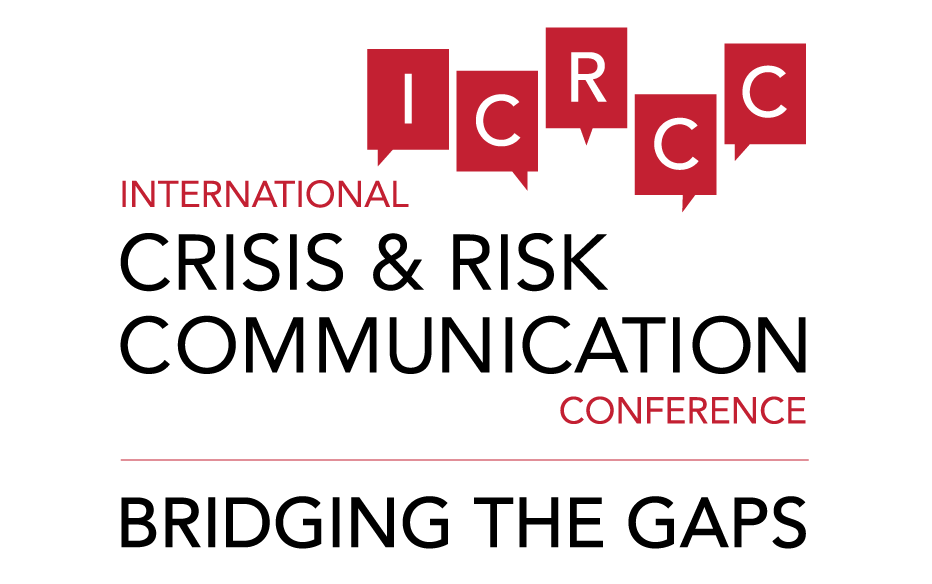
Associate Professor, Chair of the Graduate Program in Communications
Ithaca College
United States of America
Cory Young (Ph.D., Bowling Green State University, 2001) is an Associate Professor and Chair of the Graduate program in Communications, in the Department of Strategic Communication at Ithaca College in upstate New York. She is primarily responsible for teaching corporate and organizational communications, specializing in crisis communication and social media. She has been published in various communication journals (Case Studies in Strategic Communication, Journal of Visual Literacy, Prism, Journal of Communication Studies), books, and trade publications (PR News Media), and has presented her research at regional, national, and international academic conferences. She also holds a Master’s of Social Science in Culture Studies from the University of Birmingham, England.
Bridging the gap in social media crisis communication: Pedagogical applications of the STREMII model
Co-author and co-presenter: Margaret Stewart, Ph.D., University of North Florida
Stewart and Wilson introduce a new model—STREMII (pronounced STREAM-ee)—as a way to assist organizations with crisis communication via social media during a crisis event. This new model represents a cyclical process of six interconnected elements: (1) social listening, (2) audience, (3) response, (4) monitoring and evaluating, (5) interacting, and (6) implementing changes. The ideology behind this model of social media crisis communication stems from situational crisis communication theory (SCCT) (Coombs, 2007). The original application of the model was to analyze the social media activity relating to the crisis lifecycle according to the events of Hurricane Sandy. The steps of STREMII are examined using three commonly-recognized models to demonstrate the phases of a crisis lifecycle; Coombs (2014), Seeger (2006), and Seeger, Sellnow, and Ulmer (2003) identify a three-phase model, Fink (1986) presents a four step model, and Mitroff (1994) recognizes a five-stage crisis lifecycle.
Because this model is so new, there is an opening to gather feedback regarding the model’s effectiveness in an unfolding crisis, or post crisis. To that end, students enrolled in a crisis communication class Spring Semester 2016 will be given an opportunity, through a course assignment, to apply to the STREMII model when analyzing a current (or past) crisis. These applications will be evaluated to determine the potential outcomes of STREMII during crisis events, and seek out next steps for development. The purpose of this paper and presentation will be to provide the results of this project and discuss further iterations of the STREMII model.


